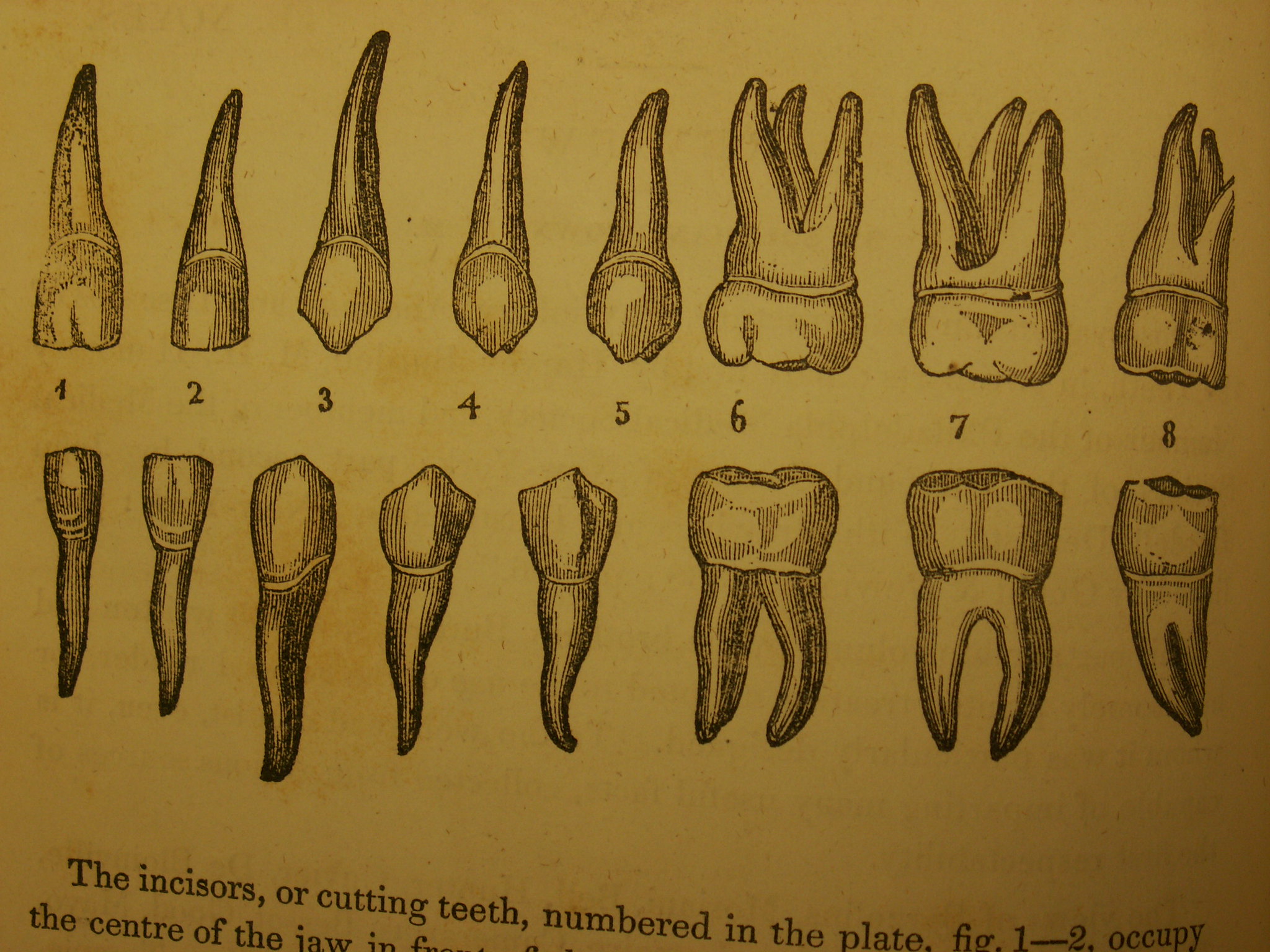According to the American Psychiatric Association, 1% of the population has an intellectual disability. This means in the United States alone, with approximately 332 million people, there are about 3.32 million people with an intellectual disability. However, these numbers do not include individuals with other forms of disabilities, which are also widely prevalent in the United States. According to the Centers for Disease Control, 4.2 million Americans over the age of 40 have uncorrectable visual impairments and 12.1% of American adults have a mobility disability, making walking and climbing stairs difficult. Given this prevalence of individuals with disabilities, dental schools nationwide have begun to educate their students on the care for individuals with different disabilities, hoping to make it easier for these patients to access care in the future.
According to a systematic review published by the NIH in July 2020, individuals with disabilities have more severe oral health concerns compared to similar individuals without disabilities. Thus, there is a real need for high-quality oral health care for individuals with disabilities. In this review, “disabilities” included physical and mental disabilities as well as hearing and visual impairments. The reasons for this disparity may be due to unequal access to care. The review concluded the biggest barriers to providing care to these populations included treatment cost, dentists’ lack of preparation to provide care and the lack of accessibility in some facilities. For example, those using a wheelchair would need facilities with ramps to access the building. By training future dentists on how to manage care for patients with disabilities, the future dentist will feel more comfortable doing so, and thus these patients will have an easier time finding providers who feel comfortable and confident managing their care.
According to a 2014 European Journal of Dental Education article, dental students did not feel more comfortable about treating patients with disabilities even after completing an in-depth curriculum on dentistry for individuals with disabilities. On the other hand, dental hygiene students did feel more comfortable treating these patients after an education module according to a 2018 article from the Journal of Dental Hygiene. These hygiene students were given a DVD to watch before each class in the module, followed by a discussion led by a facilitator. In each session, the facilitator discussed the history of society’s views of people with disabilities and the prevalence of these patients in the population. The latter article suggests that, with clear instructions and lessons, dental professionals can become accustomed to treating patients with disabilities.
In the last five years, some institutions have started to emphasize educating their students on treating individuals with disabilities. Two of these institutions are The University of Pennsylvania School of Dental Medicine in Philadelphia, Pennsylvania and New York University College of Dentistry in New York, New York. The University of Pennsylvania School of Dental Medicine Personalized Care Suite, which opened in December 2020, provides care to individuals with intellectual and physical disabilities, as well as individuals with complex medical histories and movement disorders. This clinic provides third and fourth-year dental students the opportunity to provide care to individuals with a diverse array of disabilities. This ideally allows these students to graduate feeling prepared to treat patients with different challenges. At New York University College of Dentistry, the Clinic for People with Disabilities, which opened in February 2019, allows dental students to rotate through the clinic for at least six weeks per year to gain experience working with different patient populations.
During my time at dental school, I assisted in the University of Pennsylvania School of Dental Medicine Personalized Care Suite and joined the executive board of the University of Pennsylvania student chapter of American Academy of Developmental Medicine & Dentistry (AADMD), as treasurer. AADMD is a non-profit membership organization of interdisciplinary health care professionals, including primary care physicians, medical specialists, dentists, optometrists, nurses and other clinicians, whose mission statement is that they are “committed to improving the quality of health care for people with intellectual and developmental disabilities.” Through this organization, our club has attended Community Day at a school for children with cerebral palsy this past October and the Villanova Special Olympics last June.
The provision of community involvement opportunities and curricular emphasis that Penn Dental Medicine, New York University and other dental schools have placed on educating their students on managing the care of individuals with disabilities demonstrates that this is a valuable component to the education of future dentists and one that should expand to all dental schools and health care programs across the country. By educating students, schools are improving future dentists’ ability to provide care to individuals with disabilities, which was one of the barriers to this population receiving appropriate dental care. Even after graduation, it is crucial that dentists continue to learn and work with these patient populations in order to increase access to care for this often underserved population. Through continuing education classes and conferences, dentists and dental students alike must strive to learn and grow with their patients and be willing to adapt when new helpful technologies and techniques are discovered. Without students who are willing to treat these populations, critical components of education may be lost and this population who currently has unequal access to care would not benefit. Through these curricular changes, future dental providers may feel more comfortable in managing the care of individuals who make up a significant portion of the U.S. population.
Image credit: Review: Observations on…the Teeth (CC BY-NC-ND 2.0) by rosefirerising

